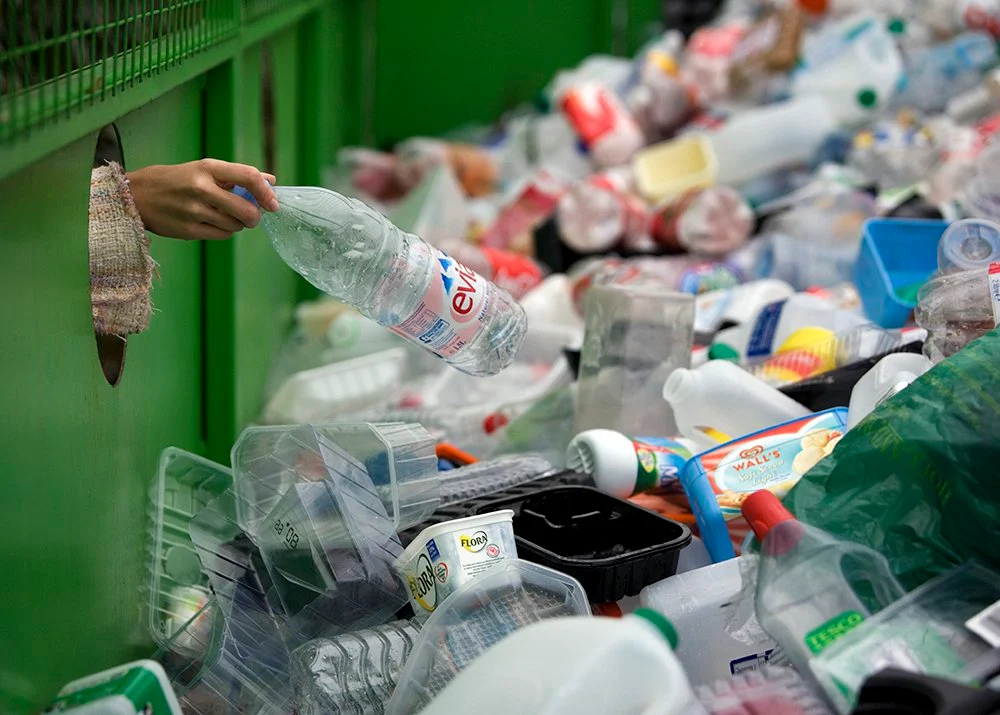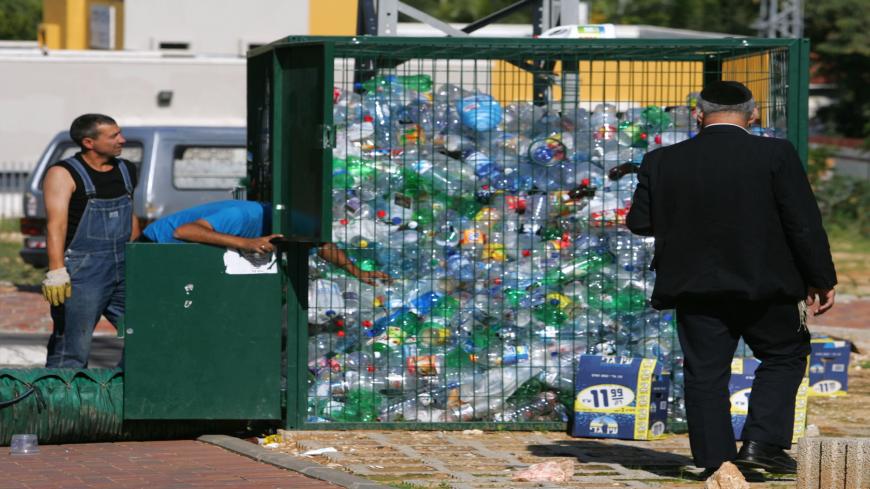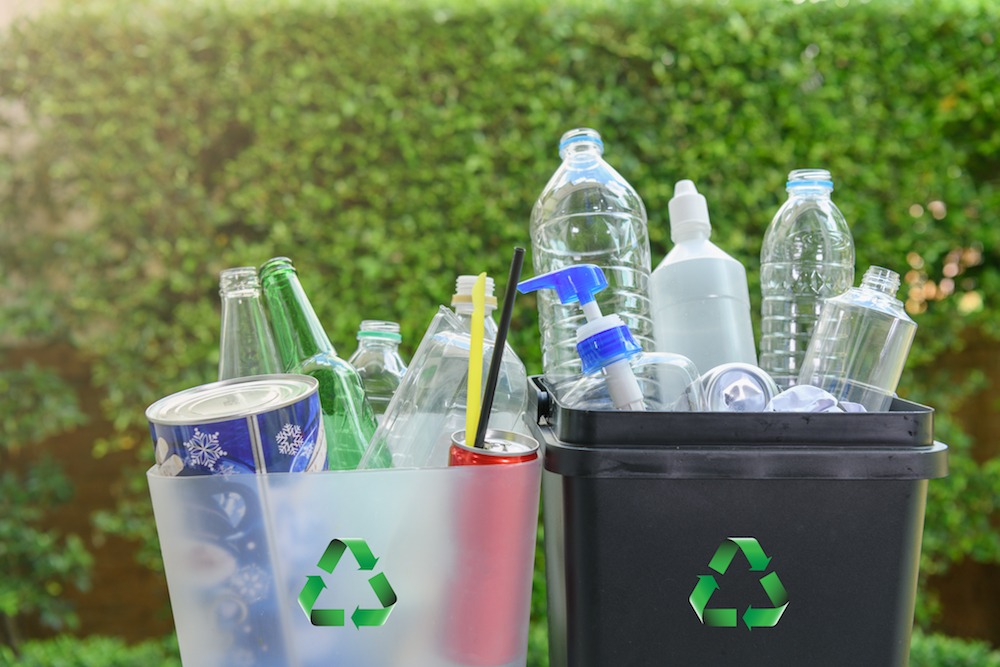What you should do before recycling food containers
Recycling is an important aspect of creating a more sustainable lifestyle, which in turn helps create a more sustainable world. Curbing consumption is the best measure, but things we cannot avoid we can almost always reuse and recycle. However, it’s important to recycle things properly to avoid accidentally creating more waste. Here are some helpful tips to make it a little easier.

Make sure you know the local rules
Jared Pobre, founder of Caldera + Lab, shared, “Recycling options depend on where you live and your local service provider. Items that are acceptable for curbside pickup can differ significantly from items accepted at the recycling center.” You can always find the exact rules for your area online.
He continued, “Once you know which items are recyclable in your community, you can start being more conscious about the items you buy and the packaging that surrounds those products. Then be sure to carry out the second step of the recycling process and dispose of the packaging properly.”
Natalie Lennick, founder of Green Ablutions Haircare and environmental activist, shared: “Most plastic isn’t actually recycled. While most of the paper and glass that goes into your trash can is reusable, over 90 percent of the plastic isn’t.” She shared that things like black plastic, commonly found in takeaway containers, are “almost never recyclable.” be.

Try to reduce as much as possible
Lennick continued, “Recycled plastics have lower integrity than their virgin counterparts. Every time plastic is recycled, the quality of the resulting material decreases. After one or two passes through this process, the material is unusable. Because of this, you don’t see a shampoo bottle becoming another shampoo bottle. Instead, it could become building materials like decking or a park bench.”
If you know the item can be recycled, make sure it’s in top condition for recycling. That means washing them thoroughly and letting them dry completely.
Lennick says, “Materials going for recycling should be clean and dry. Your vendor may have other specific requirements regarding the removal of lids or the separation of materials that can aid in the recycling process.” Soaked items can damage items like cardboard and paper, rendering them non-recyclable.
your best advice? Only use what you need. She says, “Minimize the amount of packaging you bring into your home so you have less worry about waste.” Ask to cut out your takeaway, plastic cutlery, napkins and anything else you don’t need. Every little replacement makes a difference.

Every little thing makes a difference
